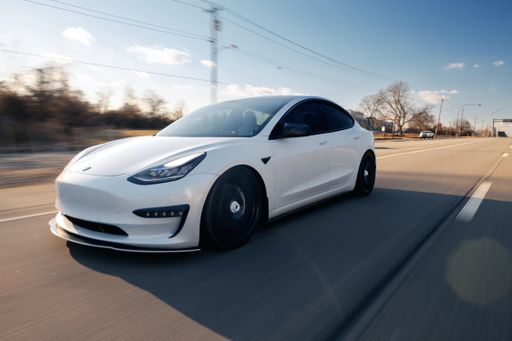GM's Plans for Plug-In Hybrid Models
GM is increasing its focus on plug-in hybrid technology and plans to bring more models to the market. This article explores the potential models and the challenge of charging infrastructure.

GM's Embrace of Plug-In Hybrid Technology
Legacy American automakers have been playing catch-up to Tesla in the electric vehicle (EV) market. As a result, GM and Ford have been developing electric cars and trucks to compete. However, GM has also announced plans to bring more plug-in hybrid (PHEV) models to market. The company had success with the Chevy Volt, a popular PHEV that could travel up to 55 miles on battery power alone. With gas engines as range extenders, PHEVs offer a practical solution for customers concerned about range anxiety.
GM's decision to pursue PHEV technology comes after facing challenges with its electric vehicle offerings. The company found it difficult to get the digital side of its EVs to work properly, resulting in undriveable prototypes. It also faced delays in introducing its electric SUVs and trucks. However, GM is now determined to expand its PHEV lineup and provide more options for customers.
The Challenge of Charging Infrastructure
One of the reasons traditional automakers like GM have been slow to adopt electric and plug-in hybrid technology is the lack of reliable charging infrastructure. While Tesla built its own Supercharger network, GM and other automakers have relied on third-party charging networks. This has resulted in unreliable and malfunctioning chargers, which has deterred some drivers from choosing electric or plug-in hybrid vehicles.
GM's lack of investment in charging infrastructure is now being addressed with the help of government funding. In the United States, $5 billion will be invested in building charging networks, but it will take time to establish a reliable and comprehensive system. In the meantime, plug-in hybrid vehicles can help bridge the gap for drivers who need longer range capabilities.
However, PHEVs have their own challenges, including reliability issues and the risk of fires. These issues need to be addressed to ensure that PHEV models are safe and appealing to customers. While PHEVs offer a combination of electric and gas power, their success depends on the development of robust charging infrastructure and the ability to provide reliable and efficient performance.
Potential Models and Industry Outlook
GM has yet to announce specific models that will receive the plug-in hybrid treatment, but there are speculations and reports from industry sources. The Chevy Equinox is considered a prime candidate for a plug-in hybrid version, as GM is already planning a PHEV Equinox for the Chinese market. Another potential model is the Chevy Silverado/GMC Sierra pickup trucks, although details are limited.
While the industry is showing increased interest in plug-in hybrid technology, there are concerns about whether these models will be true PHEVs or simply gasoline-powered vehicles with battery assistance. If automakers opt for compliance vehicles that prioritize minimal emission reduction efforts, the environmental benefits may be limited. The industry is at a crucial point in determining how plug-in hybrid technology can contribute to reducing emissions while meeting customer demands and preferences.
As the industry evolves, the success of plug-in hybrid technology will depend on factors such as reliable charging infrastructure, technological advancements, and consumer acceptance. While Tesla continues to dominate the EV market, GM and other automakers have an opportunity to establish themselves in the plug-in hybrid segment. However, they need to prioritize both environmental sustainability and customer satisfaction to fully serve the evolving market.


